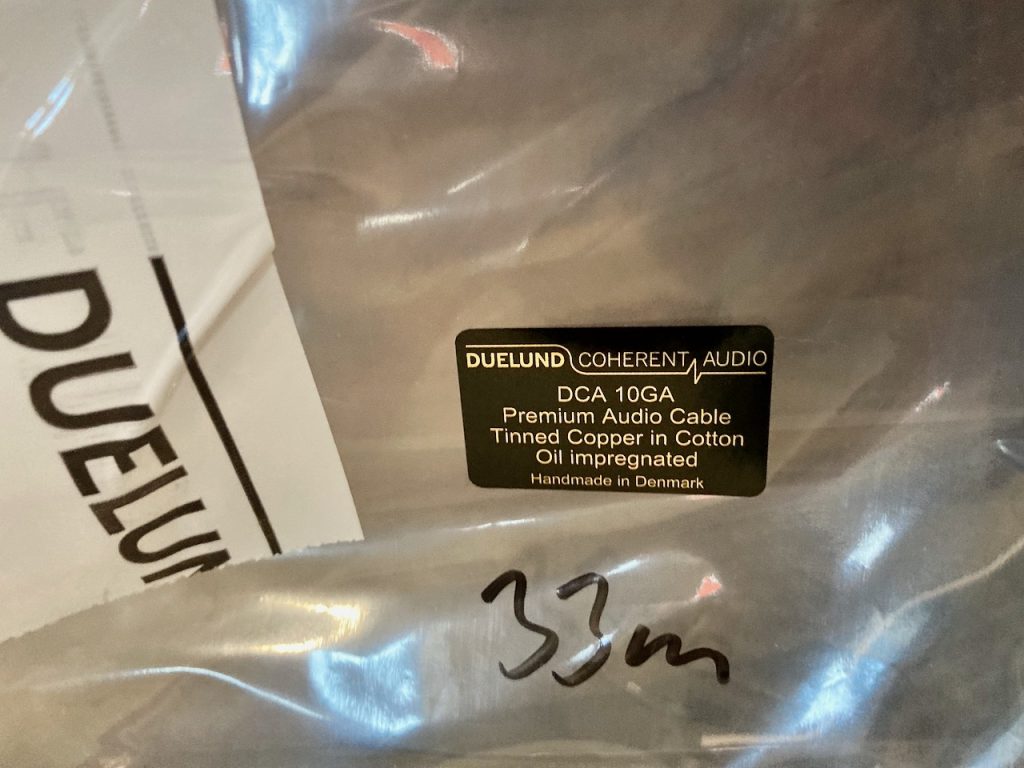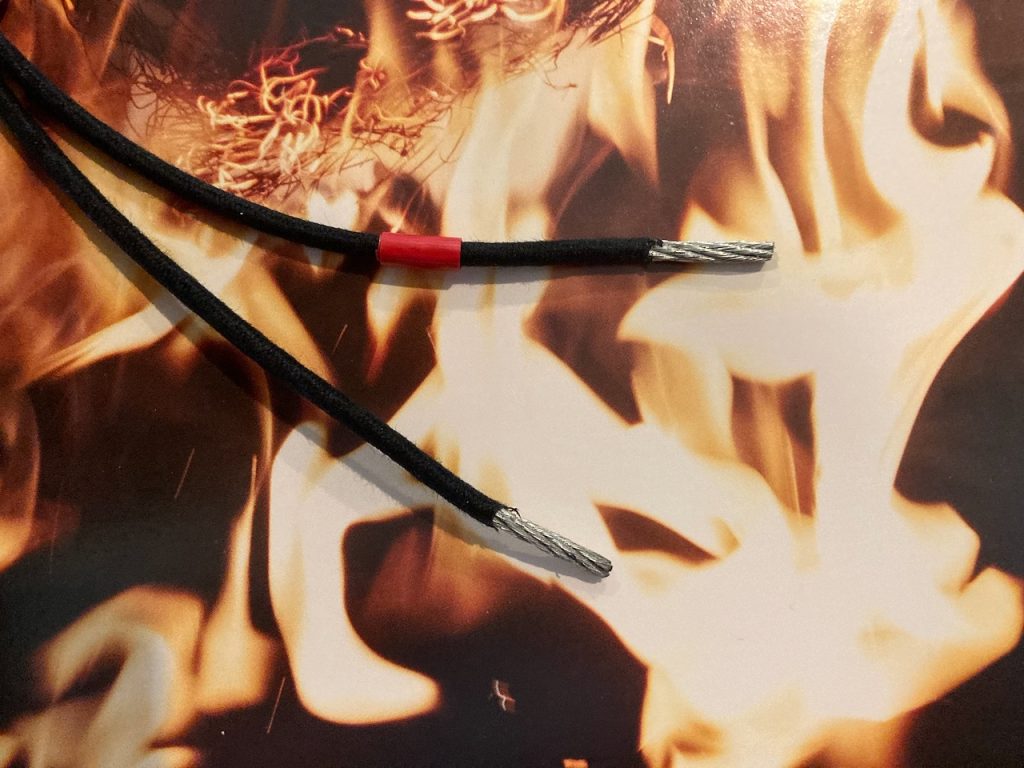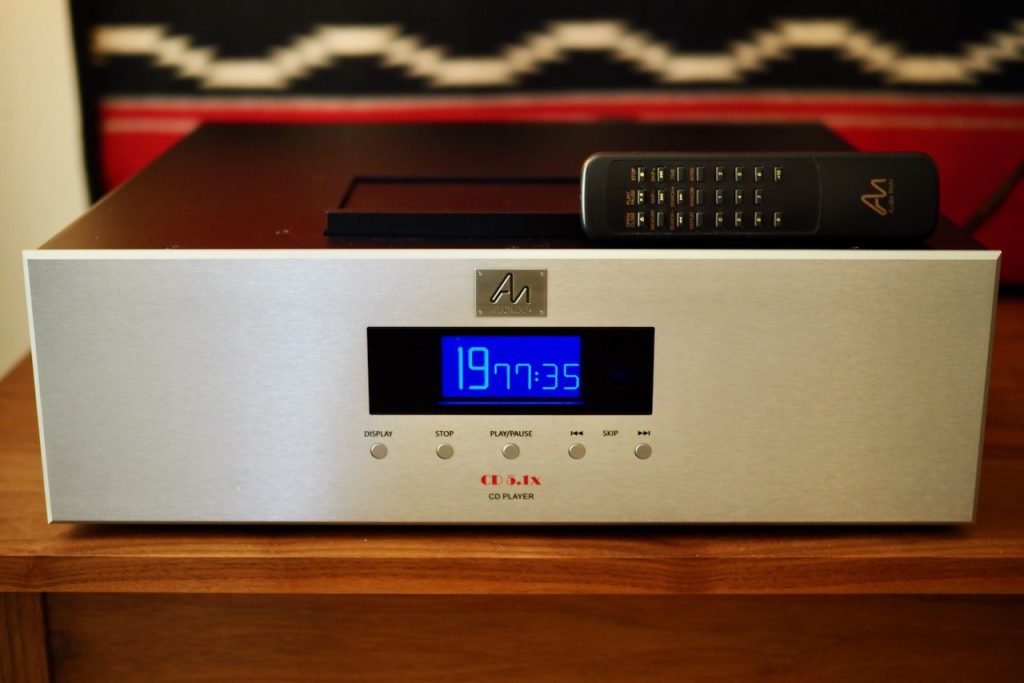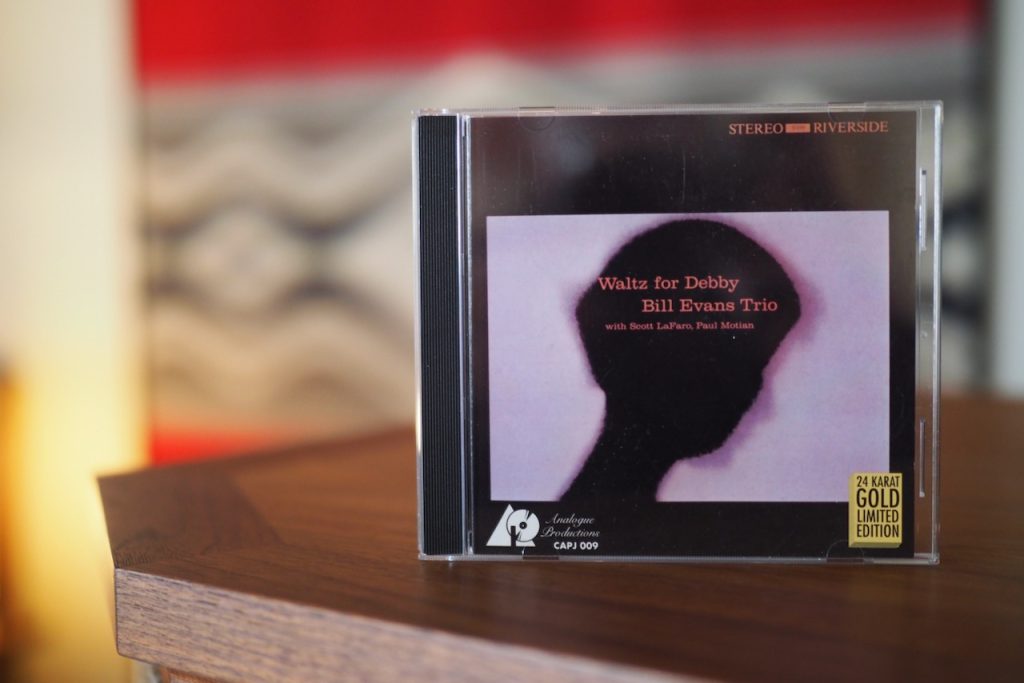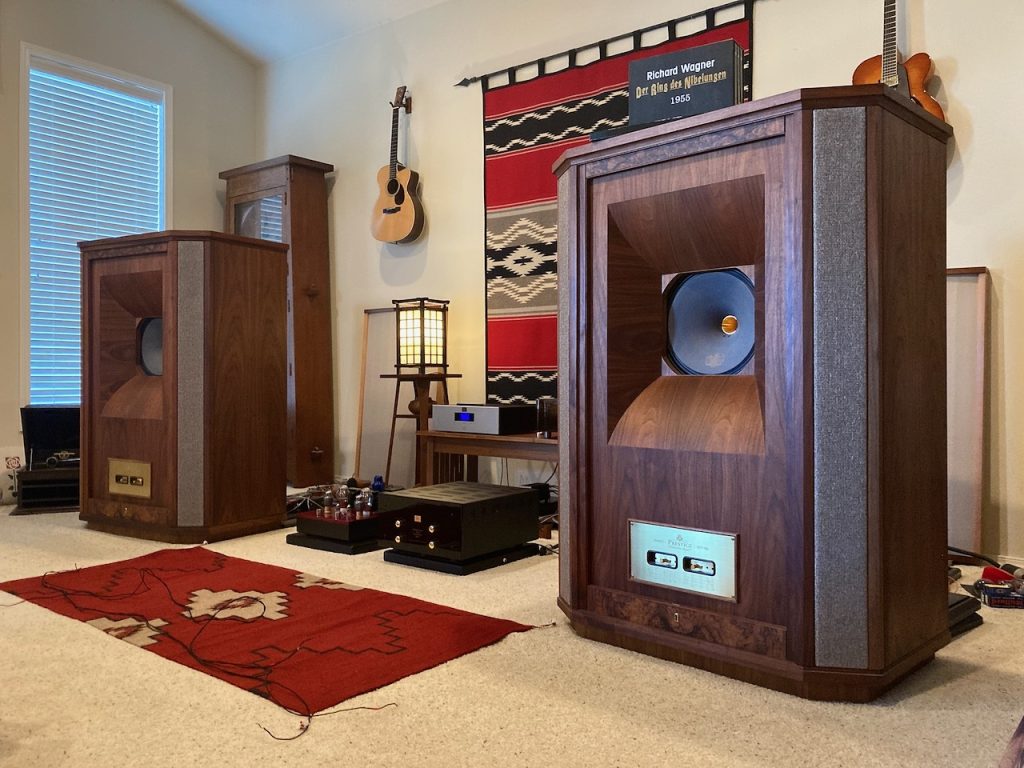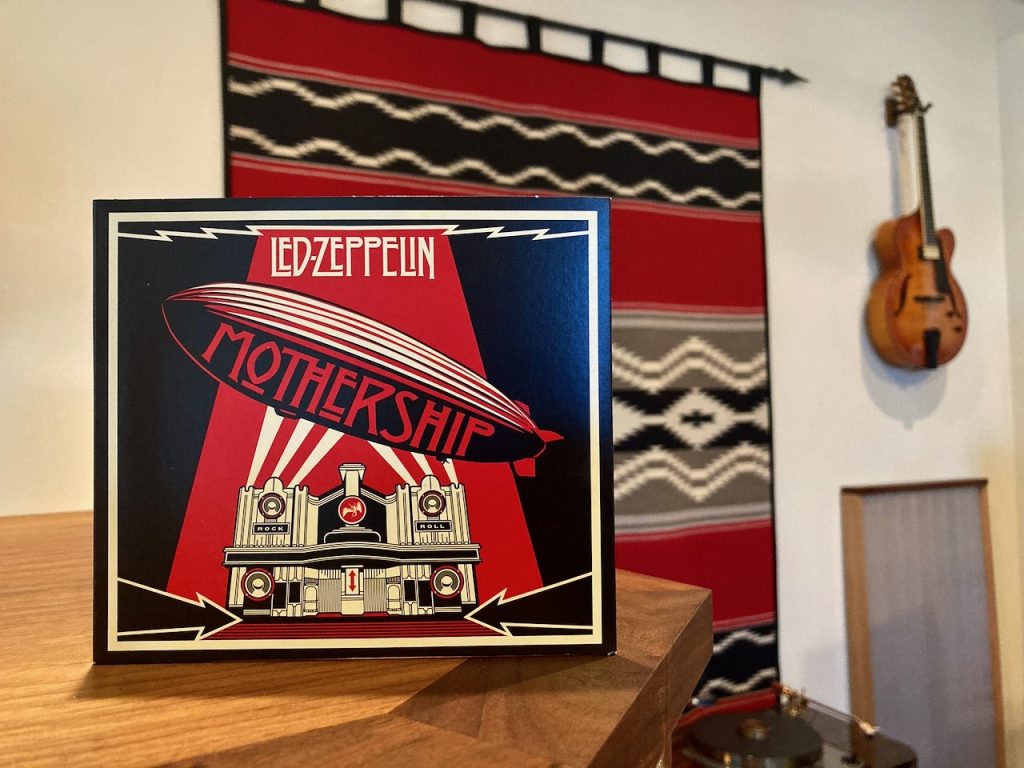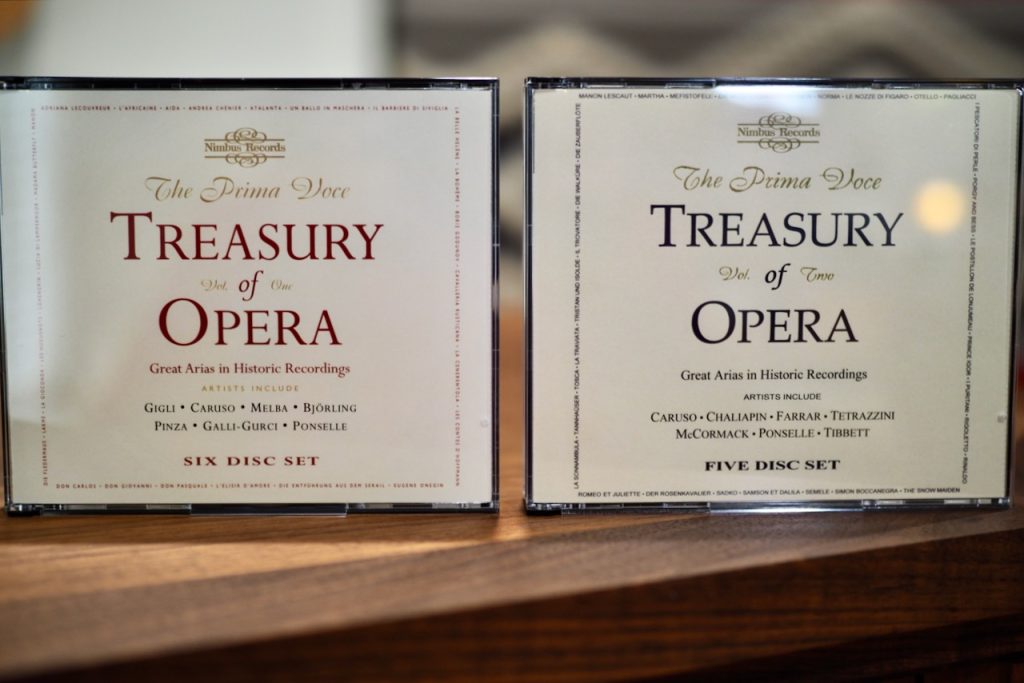After reading Mark's comments in Disqus about his positive experiences with the Duelund Coherent Audio DCA10GA tinned-copper speaker cables, I've been keen on giving them a listen.
If you are new to the idea of the vintage "art of tone" inspired Duelund product line of tinned-copper loudspeaker cables, you might want to read through my An Adventure in the Art of Tone with the Duelund Coherent Audio DCA Series of Tinned-Copper Cables, Part 1 at Positive Feedback, it will give you all the background about these cables.
I've been happily using the Duelund DCA16GA tinned-copper speaker cables from the binding posts of the Triode Lab 45 EVO SET integrated amplifier to the external Duelund CAST crossovers of my Tannoy Westminster Royal SE loudspeakers for ages now.
The DCA10GA ($22 USD per meter) contains 112 x 0.25mm tinned-copper conductors within its baked cotton-in-oil dielectric, compared to the 26 x 0.25mm tinned-copper conductors of the DCA16GA ($10 USD per meter).
That's almost 5 times as many conductors in the DCA10GA as in the DCA16GA, making the DCA10GA a very good buy. For only about twice as much money one gets five times the conductors. Cool.
The gauge of the wire affects both the electrical properties and the sound quality of a wire. The smaller the gauge of the wire, the larger the cross-section of the wire, the lower its resistance, and the greater amount of current it can safely carry.
Since I'm mostly using low-powered SET integrated amplifiers in my primary music system, the amount of current the DCA10GA can safely carry isn't a factor, so for me its all about the tonal qualities and visuospatial performance of the wire.
One thing I've found over time with tinned-copper cables is that one is better off letting them run-in naturally until they settle down. Cable conditioners don't seem to work as well for tinned-copper as they do for copper or silver cables, so just be patient and let your cables run-in naturally.
As with most all audio components, give them about 100 hours for run-in, and at that point they should be sounding like they will for the long term.
To start, I cut off four 2-meter lengths of DCA10GA with my Shimano cable cutter, the same lengths I'm using for the DCA16GA.
Then I used an exacto knife to trim off about 3/4 of an inch of dielectric off each end. On two of the cables I wrapped each end with red Peavy microphone cable tape to identify it as a positive cable for the left-right speaker cable pairs.
I'm among the hair-shirt crowd when it comes to cable terminations. I like raw cable ends for insertion into binding posts. I think they sound better that way. It's also a more frugal approach, as high quality speaker cable terminations can be expensive. Save your money and get better sound with your speaker cables by using bare wire terminations.
I hooked up one end of the DCA10GA loudspeaker cables to the Triode Lab 45 EVO SET integrated amplifier, and the other end to the Duelund CAST external crossovers of my Tannoy Westminster Royal SE loudspeakers.
Then I powered up the Audio Note (UK) CD 5.1x Red Book CD player and Triode Lab 45 EVO SET integrated amplifier.
Normally I let the vacuum tubes warm up for about 45 minutes for optimum sound quality, but instead, this time I dropped in my Analogue Productions Gold CD version of Bill Evans Trio Waltz for Debbie into the CD 5.1x's transport and hit 'play' while I was writing up this post.
Rich, natural, nuanced, and very spacious sounding music flowed out of the big West's.
That's to be expected from superbly recorded stereo magnetic era recordings like Waltz for Debbie that have been give the deluxe treatment by Chad Kassem. But I was positively impressed that it sounded so good without the system being optimally warmed up yet.
I thought I'd make the next CD a little more challenging, so I dropped in the Led Zeppelin Mothership CD into the CD 5.1x's transport and hit 'play'.
I don't think anyone would claim the Mothership CD is in the same sound quality league as the Analogue Productions Trio Waltz for Debbie CD, but it was sounding very nice, albeit somewhat leaner sounding than Waltz for Debbie.
In visuospatial terms I could hear a rather dramatic amount of soundstage layering, vibrant images spread across the width and depth of the soundstage, and a considerable sense of spaciousness in the recordings.
I did hear a trace of the 'tinned-copper roughness' that exists until the cables are fully run-in, but much less so than I heard with the DCA16GA, for example.
Next I thought I'd go for a CD from the lower-fidelity 78 era of recording, so I dropped the first CD from the Primo Voce Treasury of Opera Vol. 1 into the CD 5.1x, and gave it a listen.
Claudia Muzio's voice was gorgeous on "Andrea Chénier" (Giordano) on Track 6, for example, and I really felt like I was listening mid-hall in a grand old European opera house. This was an electric era 78 recording from 1935, but wow (!) was it ever great to hear.
Strings and woodwinds sounded very natural throughout the different recordings, and overall the recordings had a richness and fidelity that defied their ancient origins.
Tito Schipa sounded spectacular singing "L'arlesiana" (Cilea) on Track 8, and much, much, better than one would expect given this was recorded in 1928. These 78 era recordings never cease to amaze me.
Ok, let me sum up my first impressions. I have a very positive first impression of the DCA10GA speaker cables. These are very transparent and resolving sounding cables. They have a nice rich, natural sounding tonal balance. They are spectacular in visuospatial terms, with extraordinary imaging and soundstage characteristics.
While they sound very promising right out of the gate, they still have a trace of brashness that is typical of tinned-copper cables until they are run-in fully, albeit less than I heard with the DCA16GA.
Ok, that's enough for now. I'll let these play music for a few weeks and then report back and let you know what they sound like after they settle in for a while.
As always, thanks for stopping by, and may the tone be with you!




